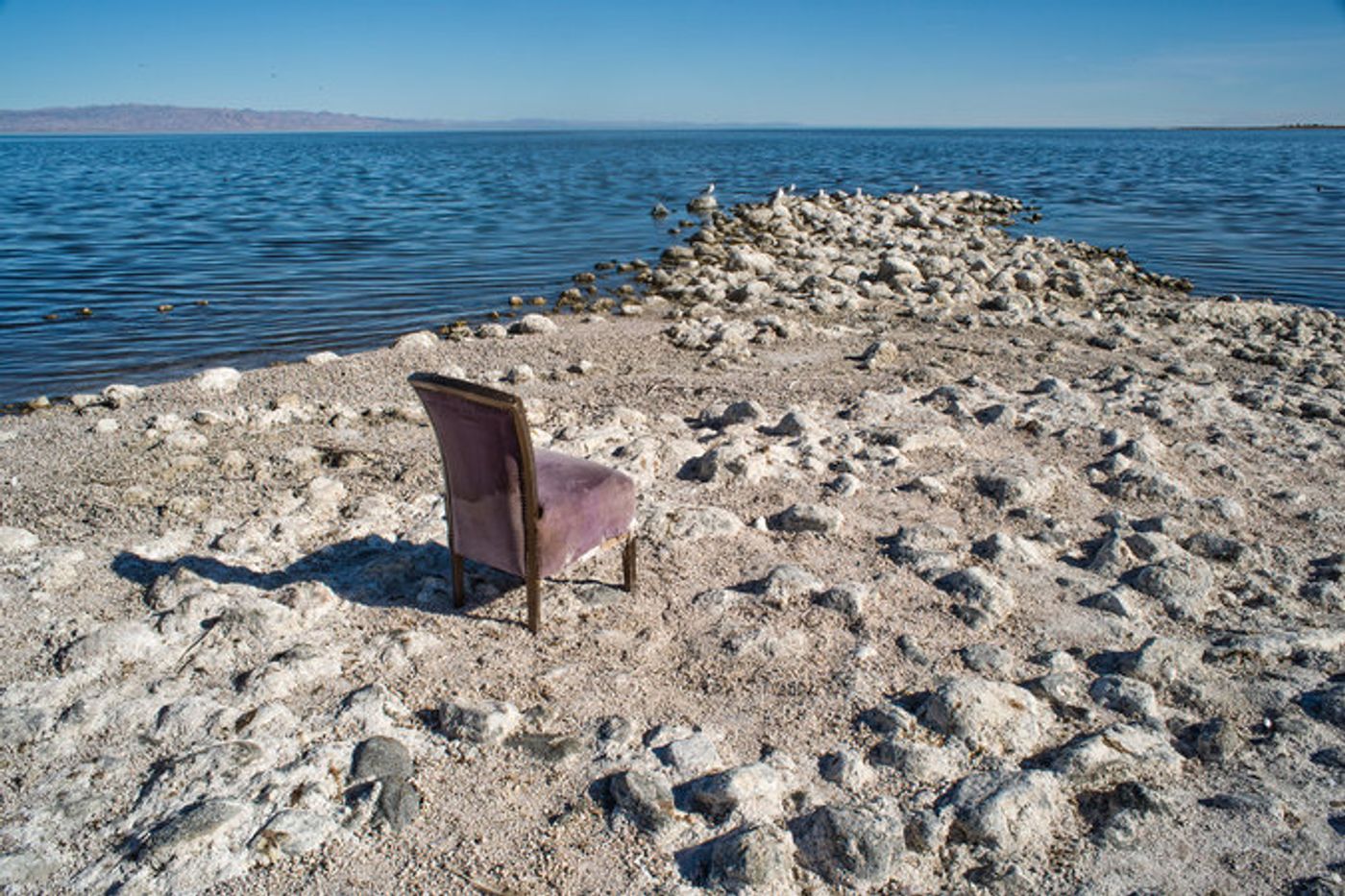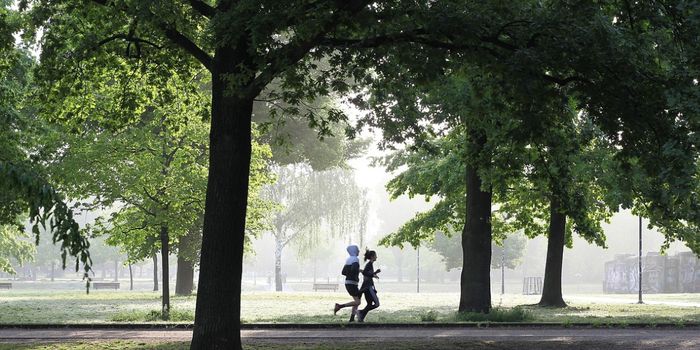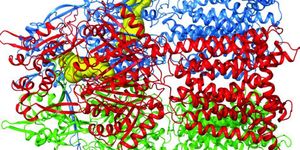The Salton Sea is shrinking, and that may cause cardiovascular disease
A recent study published in Environmental Science and Technology proposes that shrinking of the Salton Sea saline lake in Southern California isn’t dangerous only because of the climate implications. No, in addition to that, the lake drying up means that more of the lake bed is exposed, and these parts of the lake, called playa, are releasing dust whose composition can harm human health.
"Playas have a high potential to act as dust sources because playa surfaces often lack vegetation," said Roya Bahreini, the leader of the project. "Dust emissions from playas increase airborne PM mass, which has been linked to cardiovascular disease, respiratory disease, and mortality."
The team looked at how playa exposure was affecting the ambient particulate matter (PM) composition. To do so, they collected PM10 samples (particulate matter with diameters up to 10 microns) throughout two seasons at two sites near the Salton Sea as well as soil samples from local playa and desert surfaces. They analyzed these samples using mass spectrometry and X-ray diffraction and determined that dust sources were contributing roughly 45% of PM10 at the Salton Sea and playa emissions contributed approximately 10%.
They also discovered that playa emissions caused a rise in the sodium levels of PM10. Bahreini reports that this is concerning because "Increase in the sodium content of PM10 can affect the ecosystem when the sodium-rich particles deposit downwind and change the natural balance for soils and agricultural lands or when these particles form clouds.”
The study found that playa soils and PM10 have higher contents of selenium relative to desert soils as well. According to Bahreini, selenium can cause aquatic and avian toxicity. Nevertheless, Bahreini reports that the biggest concern regarding the playa PM emissions is, “the contribution to total concentration of PM10, which regardless of composition, is an irritant and can have negative respiratory effects."
And then there is the fear that the when the lake dries up, things will get a lot worse. The study notes that the Salton Sea currently receives water diverted from the Colorado River, but that that practice will stop before 2018. Without that water, the lake will likely dry up more, exposing more playa and dust.
"With more playa being exposed, we expect total PM10 concentrations to increase and human exposure to these particles in downwind areas will also increase," Bahreini said. "Therefore implementing any project, for example, creating shallow water pools over the playa, that limits formation of salt crusts on the playa will be valuable."
Sources: Science Daily, Environmental Science and Technology









